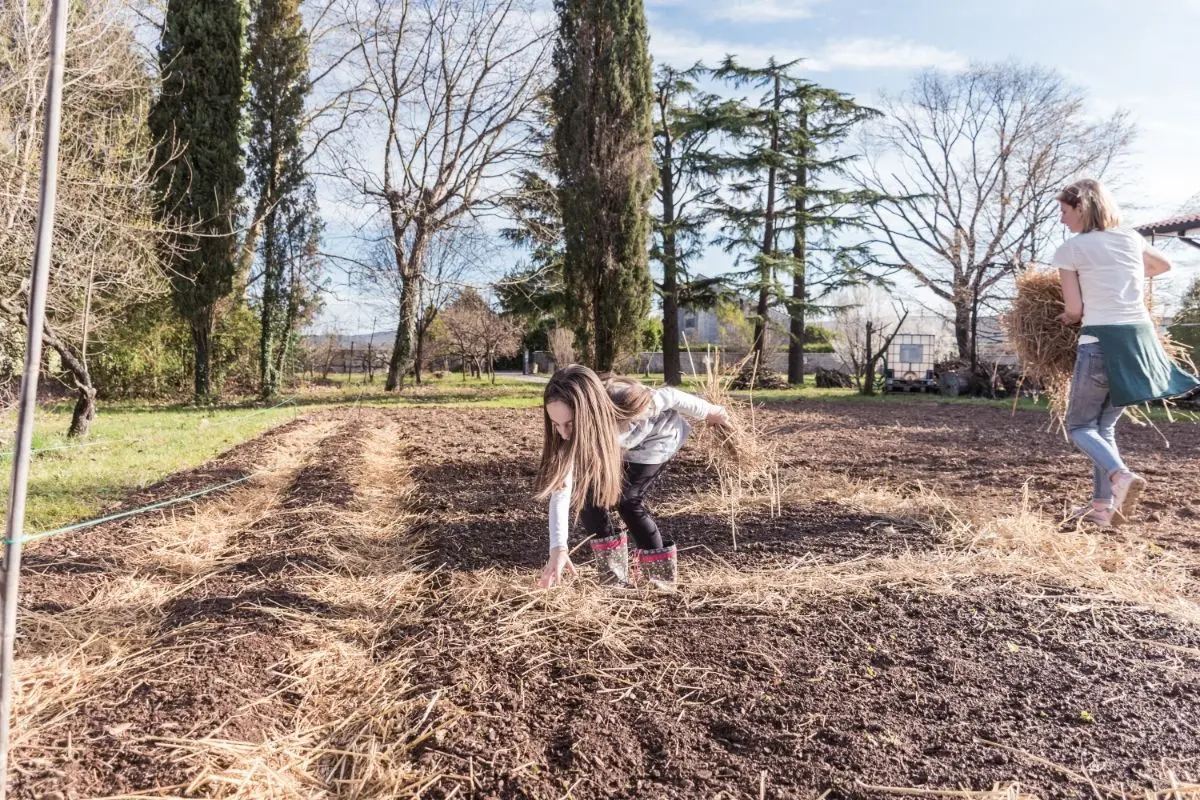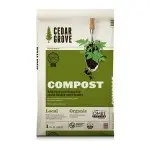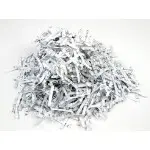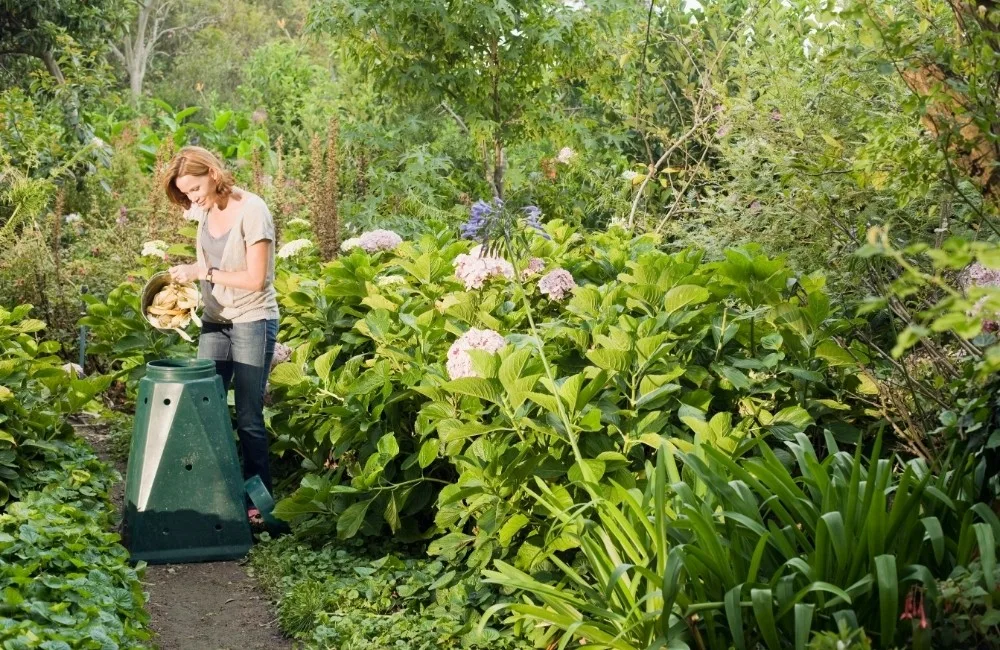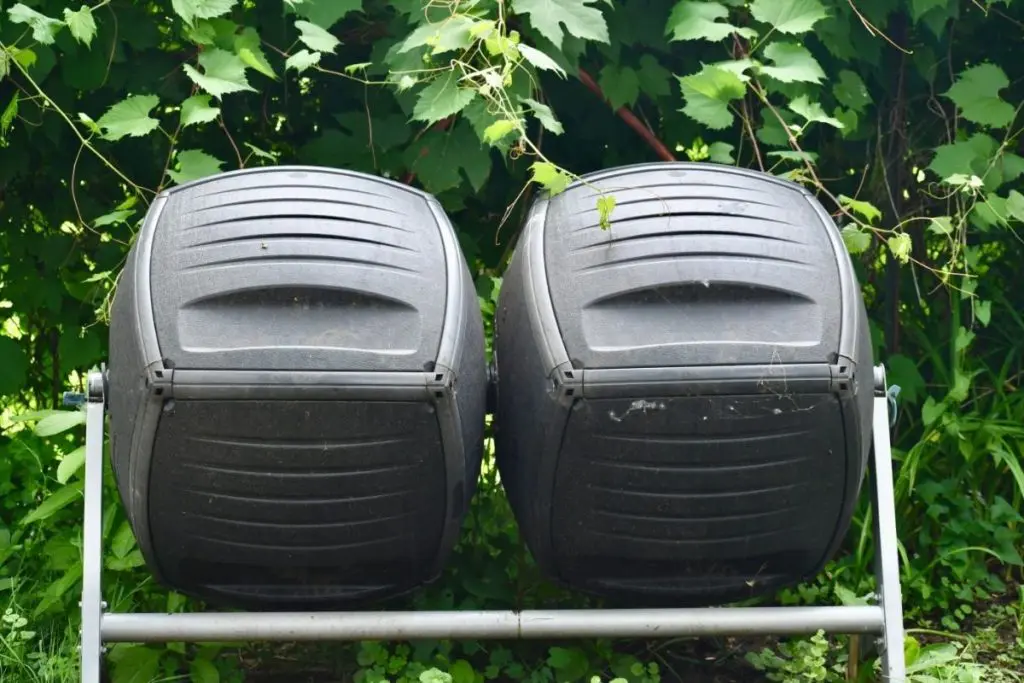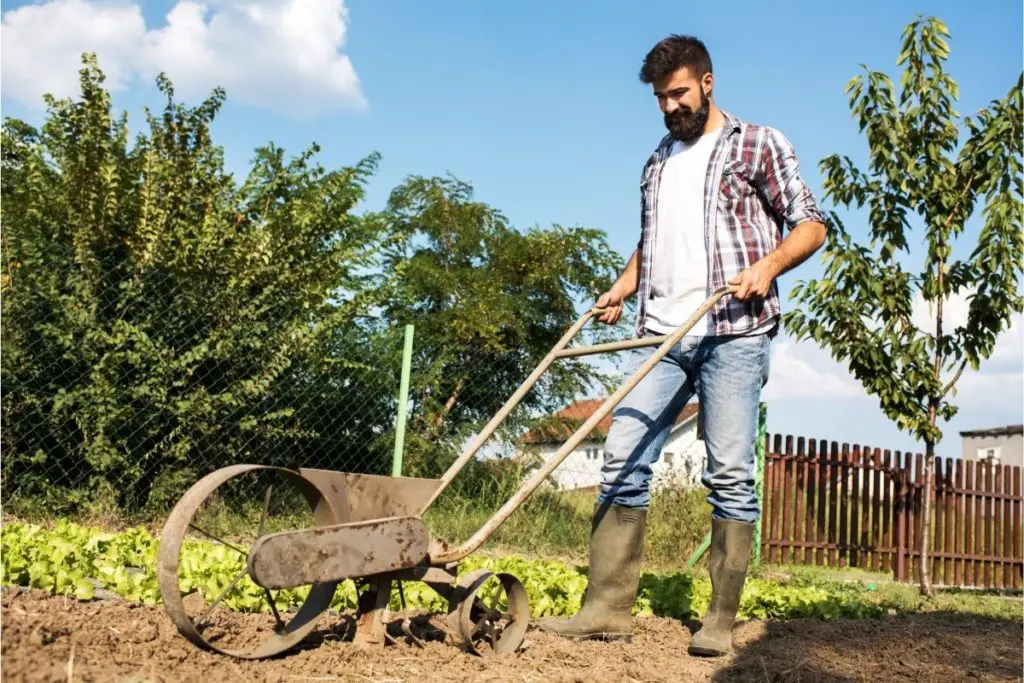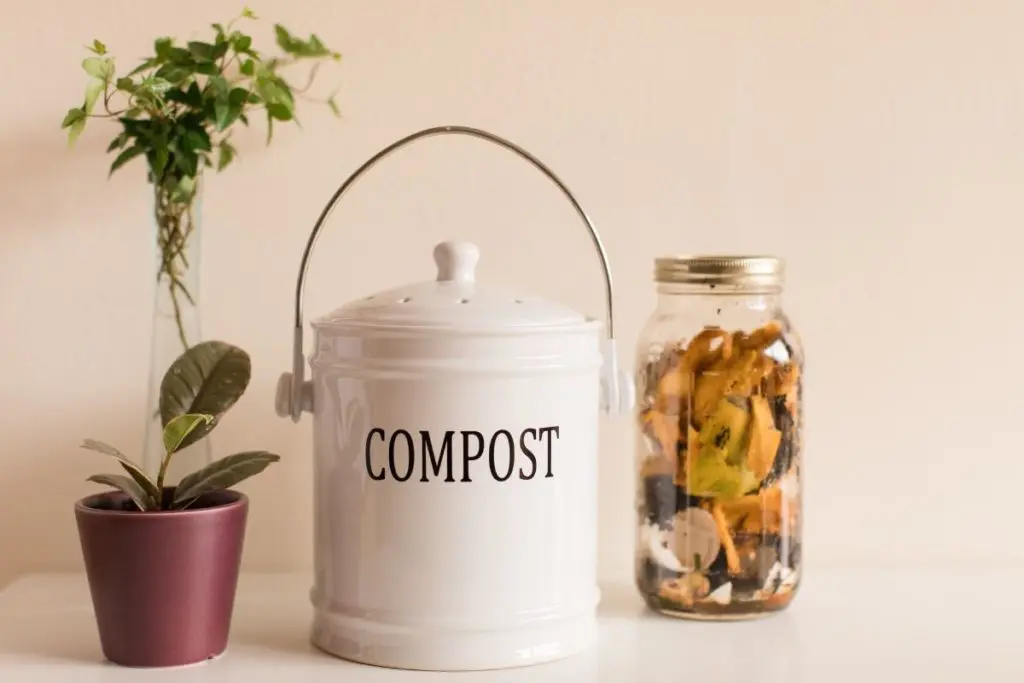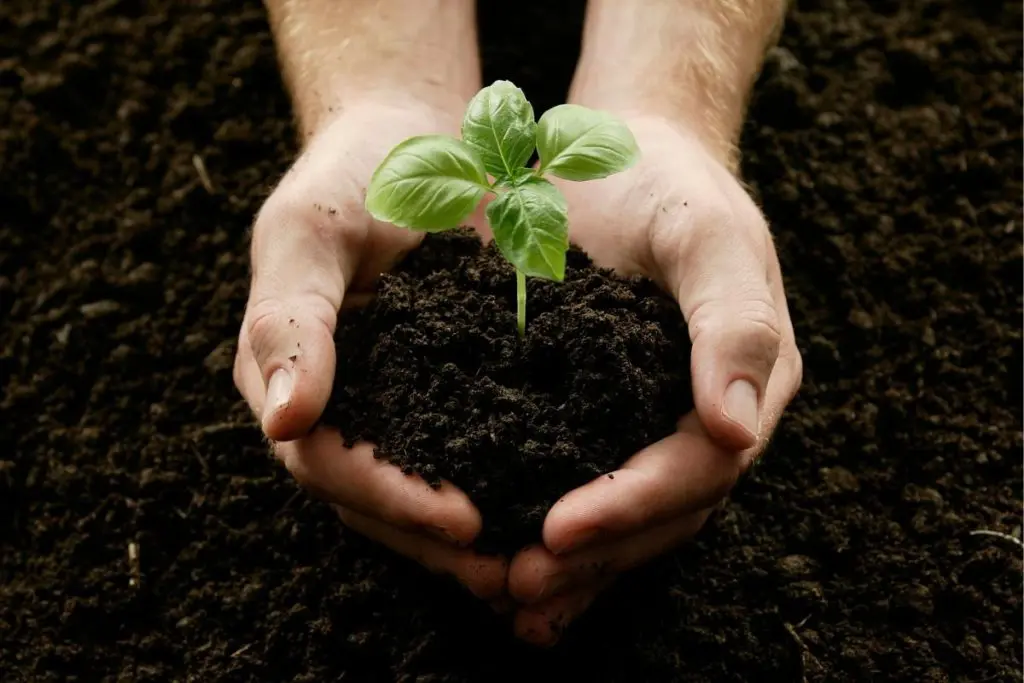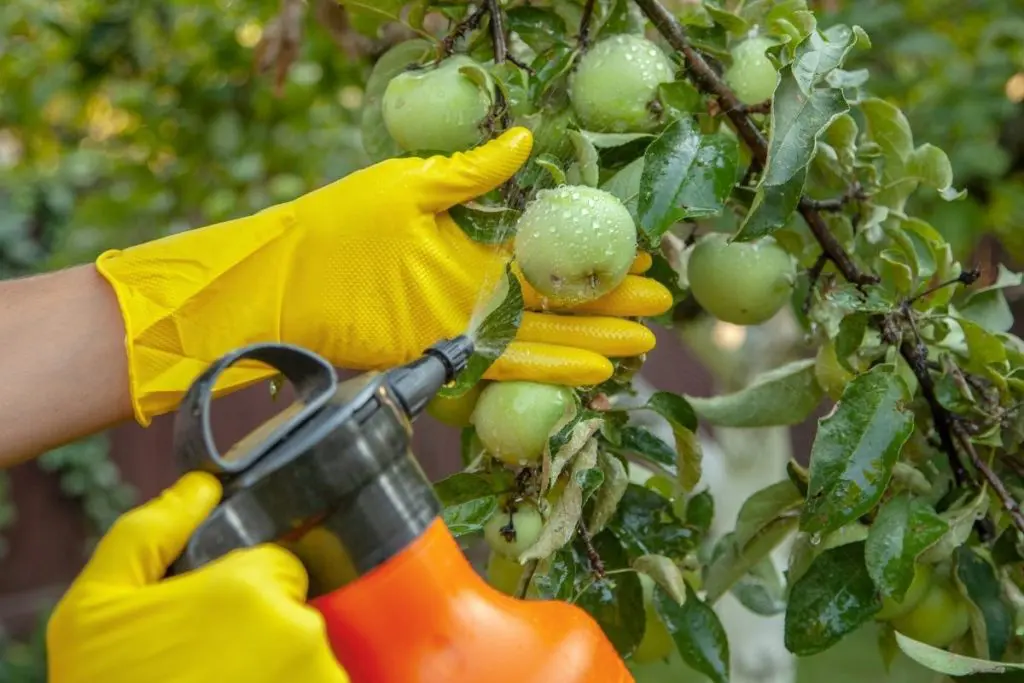Would you like to improve your soil, protect your garden from weeds, and make your vegetables happy and healthy? Well, then it may be time to mulch. We’ve rounded up our picks for the best mulch for vegetable gardens. What do they have in common? They’re natural, easy to find, inexpensive, or even free. (No $80 bags of specialty frou-frou mulches on this list!) Most importantly, they’re all ideally suited to use in fruit and vegetable gardens or other edible landscapes.
First, we’ll take a look at the pros and cons of a few of the best natural mulches. Then we’ll share how to choose the mulch that’s right for your vegetable garden.
1. Wood Mulch
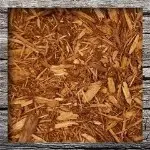
Whether it’s chips, bark, or a thick layer of sawdust — vegetable gardeners have been using wood mulch for centuries. And it makes sense! As long as your wood mulch is from a sustainable source, it’s one of the best mulching materials available.
The larger the pieces and harder the wood mulch, the longer it will take to break down. Most gardeners find that a softer wood or bark mulch works best, with a little re-application every year as needed. Make sure to use enough to be able to spread a 2-3 inch layer.
Pros
- Protects soil and smothers weeds
- Easy to find, buy, or source from a local tree service or arborist — often in bulk
- Available in different wood types, colors, sizes to match your garden aesthetic
- More durable hardwood mulch material protects against erosion on walking paths and other garden-adjacent areas
Cons
- Needs to be replenished every 1-3 growing seasons, depending on size and type
- Un-aged wood mulch can leach nitrogen and other nutrients from soil in certain situations
- Requires doing your homework on sourcing, as some wood mulches are made from chemically treated wood or wood from endangered areas/forests
2. Straw or Hay
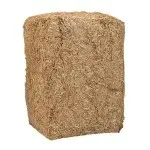
Straw and hay are also classic and widely-used mulching materials. But here’s a quick lesson on the difference: straw is made up of dry, hollow stalks of grain, which provide more air pockets and cushioning to protect your soil and suppress weeds.
Hay, on the other hand, is a feed crop for animals that often contains a high number of weed seeds. It can also be contaminated with pesticides or herbicides. If you’re a farmer, it might make sense to use extra hay for mulching, but for the average vegetable gardener, we definitely recommend using straw.
Pros
- Affordable
- Widely available
- Aesthetically pleasing
- Deters rodents and birds from eating seeds
- Used as an over-winter mulch, you can simply till into your garden come spring
Cons
- Can blow away in windy areas
- Requires more coverage depth (about 6-8 inches)
- Breaks down fairly rapidly (this can also be a “pro” if you’re after a quicker breakdown)
One way to use compost is as a nutrient-rich mulch. While you can certainly buy compost, we hope that you’ll consider making your own. It’s hard to beat the benefits of homemade organic compost in a vegetable garden.
Pros
- Free if you make your own
- Widely available to purchase
- Adds the most nutrients and microbial life to your soil
Cons
- Can be expensive
- May require a secondary mulching material
- Not as effective in suppressing weeds as other mulches
4. Leaves, Grass Clippings, or Pine Needles
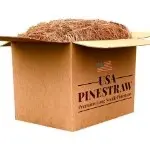
This category of mulch is all about using what you already have. Don’t let those grass clippings, autumn leaves, or that giant pile of dried needles under your pine tree go to waste!
Leaves in particular are a mulching no-brainer. Light, abundant, and full of calcium and micronutrients, using leaves as a mulch is a great way to enrich your garden and prevent weeds. Shredding them works best. You can use a leaf shredder, or just use a lawn mower with mulching capability. Then spread the shredded leaves about 2-3 inches thick around your garden bed.
If you have a pine tree nearby, use the needles, a.k.a. pine straw, to create a nice thick layer of mulching magic. Same goes for grass clippings, but make sure the grass is dry, and that you spread it in thinner layers.
Pros
- Usually free
- Clippings, leaves, and pine needles are rich in nitrogen
- Pine straw and shredded leaf mulch have a nice, uniform look
Cons
- Wet grass clippings can cause problems with mold
- Pine straw can be more difficult (and sticky) to spread
- If your grass clippings contain any chemicals, they will be transferred to your garden
There are a few options in this category. Using shredded newspaper or cardboard is a pretty common practice for vegetable garden mulch. You can also use a roll of store bought weed-suppressant mulching paper, though this option tends to be more expensive. In general, as long as your cardboard or paper source doesn’t contain colored dyes, it’s an eco- and budget-friendly option.
Pros
- Often free
- Keeps paper and cardboard out of landfills
Cons
- Colored inks or paper often contain toxins
- May need supplemental mulch to keep in place
- Wet, shredded paper or cardboard is not very aesthetically pleasing
Why mulch?
Before we talk about which mulch to use, let’s explain what’s so great about mulching to begin with! Here are the top 5 reasons you should think about mulching in your garden:
1
Using mulch protects your plants’ root systems from cold temperatures, runoff, and erosion, and helps your soil retain moisture.
2
Mulch both adds and preserves crucial nutrients and microbes in the soil.
3
Mulching helps suppress weeds, which means less effort later.
4
Protecting your perennials with a layer of mulch each year will support their health and productivity indefinitely.
5
Using natural mulch in your garden makes you an eco-hero! Not only are you recycling, saving water, cutting carbon, and reducing waste, you’ll also be preventing biodegradable mulching materials from ending up in a landfill.
What to Look For: Choosing the Best Mulch for Your Veggie Garden
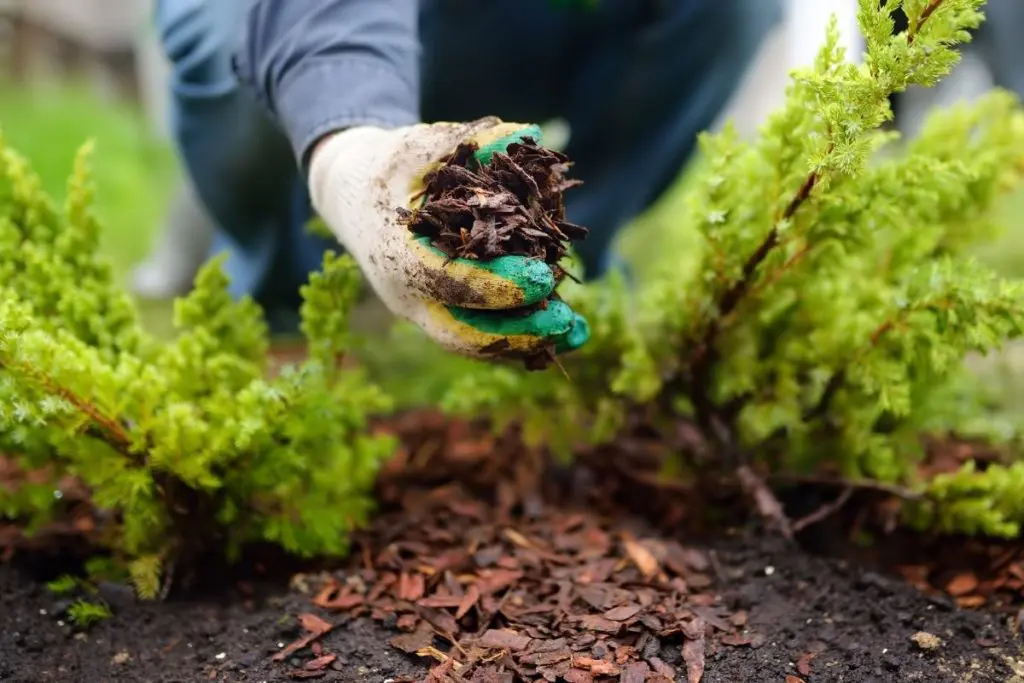
There are two main categories of mulch:
- Organic mulch, which includes plant-based materials, like sawdust, straw, leaves, pine needles, wood chips, leaves, coconut coir, and grass clippings.
- Inorganic mulch, like black plastic, synthetic landscape fabric, or rubber nuggets.
We recommend only using natural, biodegradable mulches whenever possible, in order to reduce synthetic materials and plastic use.
Which organic mulch you choose will depend on what you’re trying to accomplish, as well as the region you live in.
If you live in a hot, dry place, you likely won’t have something like grass clippings at the ready, and besides, you’ll need something heavier-duty to help your garden retain more moisture. Conversely, a damp climate isn’t the best place to use a mulch that can get too soggy, like paper, or even straw.
If you’re applying mulch to your vegetable garden simply to amend (improve) your soil, you can get away with using a layer of good quality compost. If you’re looking for more extensive weed control, you should use a different natural mulch, like wood chips, straw, or leaves.
It’s worth thinking about how often you want to reapply or remove mulch from your garden. The smaller or thinner the mulch material, the quicker it will break down. For example, if you use a layer of leaves or bark, those mulches will biodegrade pretty thoroughly over the course of a growing season. Conveniently, these types of mulch will break down enough to simply re-incorporate into your soil in the spring. A heartier wood mulch, on the other hand, will last longer.
No-Go Mulches
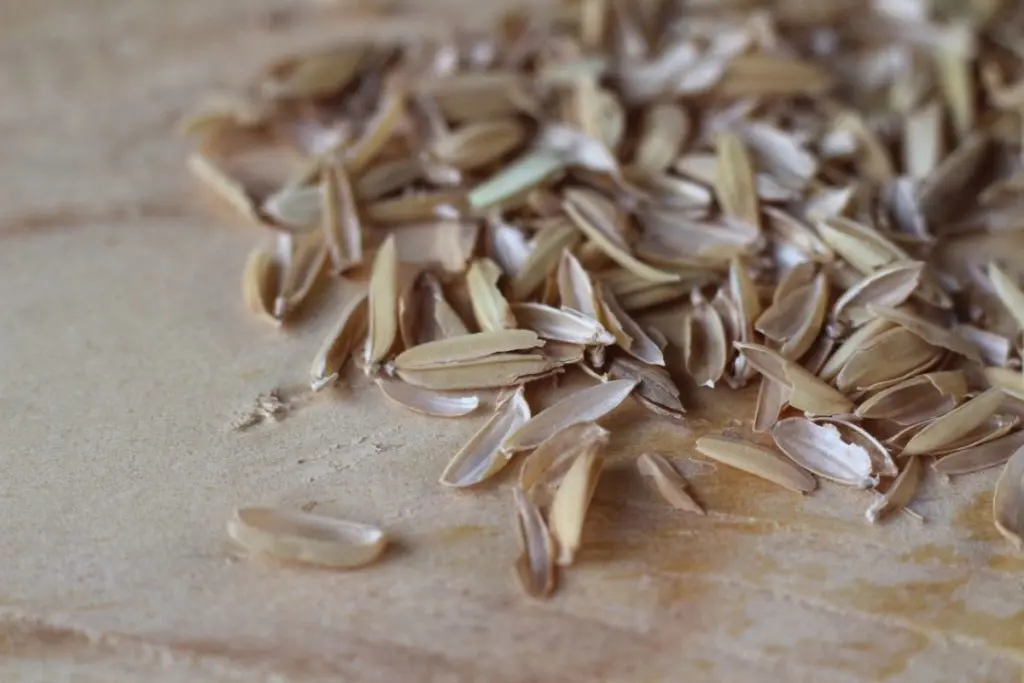
With so many available mulches, it’s important to learn which is best for your vegetable garden… but it’s also helpful to know which ones to steer clear of.
Here are a few to avoid:
- Dyed wood mulches. Not because of the dye, but because they tend to be sourced from wood pallets that are contaminated with toxic insecticides.
- Cypress mulch. Cypress wood comes from threatened forests.
- Plant hull mulches, if you’re gardening organically. Mulches made from buckwheat, rice or peanut hulls tend to be treated with herbicides or pesticides, which will go directly into your soil.
- Cocoa mulch, if you’re a dog or cat lover. Not only is it likely chemically treated, pets are drawn to the sweet smell of cocoa mulch, which is highly toxic when ingested.
- Rubber nuggets/rubber mulch. Even though it’s fun to say, rubber nuggets are unfortunately made from petroleum, which can leach harmful byproducts into the soil as it’s exposed to sun. Some would argue that since rubber nuggets are a recycled material that would otherwise sit in a landfill, it’s an eco-friendly choice. However, in our opinion this doesn’t outweigh the possible harm to birds and other wildlife.
Take a look around your yard and home. It’s likely that you might already have everything you need to get mulching in your vegetable garden!
Further Reading
